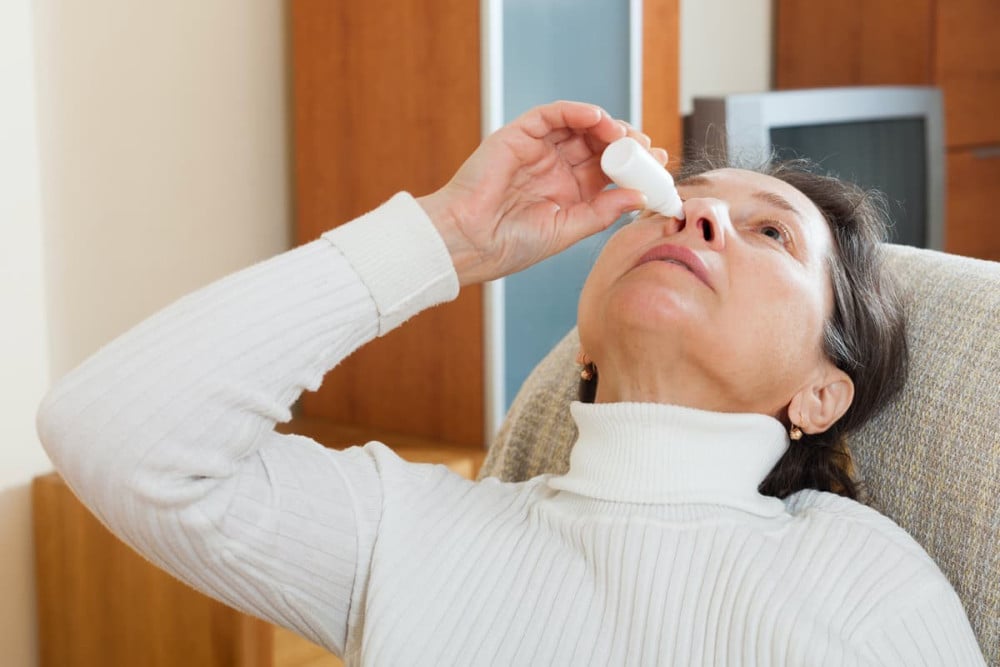Currently, if someone who has a stroke does not receive emergency treatment within the “golden hour”, that is, within the first 3-4 hours after the typical symptoms appear, their chances of recovery are greatly reduced. However, this risk may no longer be a concern, thanks to a new nasal drop developed by an international team of scientists .
Nasal drops are easy to use, allowing patients to self-treat at home. Photo: Depositphotos
The drug, developed through a collaboration between scientists at the University of Gothenburg (Sweden), the University of Cologne (Germany) and the Academy of Sciences of the Czech Republic, contains a peptide (a long chain of amino acids) called C3a, which is naturally produced in the central nervous system. Previous research has shown that this peptide can help restore motor function in stroke victims.
In a new study published in the Journal of Clinical Investigation, researchers tested nasal drops on mice that had suffered a stroke for seven days. Compared to a control group of mice that did not receive the treatment, the researchers found that mice that received nasal drops containing C3a recovered motor function faster and to a greater extent.
MRI scans of their brains also showed an increase in the formation of new connections between nerve cells. In addition, C3a supplementation appeared to enhance the function of cells called astrocytes, which control some nerve cell functions. The beneficial effects of the nasal drops continued long after treatment was stopped.
Scientists believe that with this new treatment, patients and doctors will “not have to race against time”. Lead researcher Professor Marcela Pekna of the University of Gothenburg said: “If this treatment is used in clinical practice, all stroke patients could benefit from it, even those who arrive at the hospital too late for thrombolysis or thrombectomy. People who are disabled after clot removal could also improve their health thanks to this treatment.”
The team said they are now moving forward with clinical trials of the drug C3a in humans.
ORANGE BIRD (According to New Atlas)
Source link




































































































Comment (0)